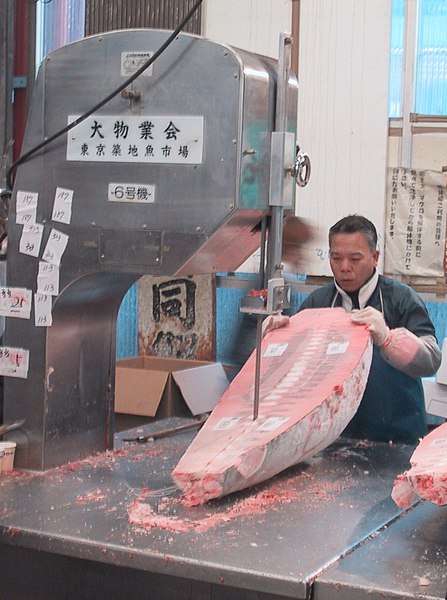In physics and chemistry, flash freezing is the process whereby objects are rapidly frozen. This is done by subjecting them to cryogenic temperatures, or it can be done through direct contact with liquid nitrogen at −196 °C (−320.8 °F). It is commonly used in the food industry.
Ice crystals in a frozen pond. When the water cools slowly, crystals are formed.
Flash freezing being used for cryopreservation
Difference in energy barriers
Freezing food preserves it from the time it is prepared to the time it is eaten. Since early times, farmers, fishermen, and trappers have preserved grains and produce in unheated buildings during the winter season. Freezing food slows decomposition by turning residual moisture into ice, inhibiting the growth of most bacterial species. In the food commodity industry, there are two processes: mechanical and cryogenic. The freezing kinetics is important to preserve the food quality and texture. Quicker freezing generates smaller ice crystals and maintains cellular structure. Cryogenic freezing is the quickest freezing technology available due to the ultra low liquid nitrogen temperature −196 °C (−320 °F).
Frozen berries
A frozen processed foods aisle at a supermarket in Canada
Cutting frozen tuna using a bandsaw in the Tsukiji fish market in Tokyo, Japan (2002)
A frozen food warehouse at McMurdo Station, Antarctica







